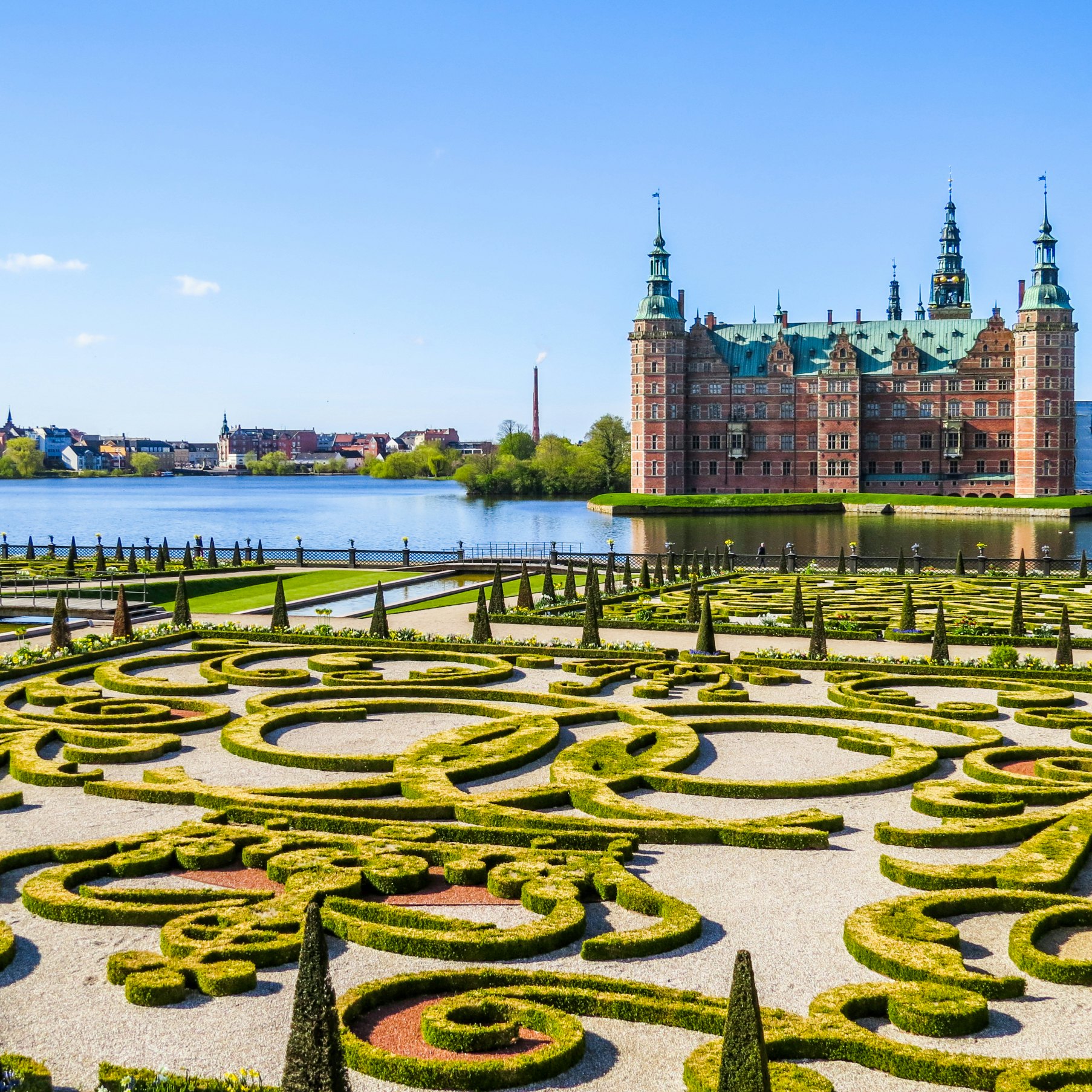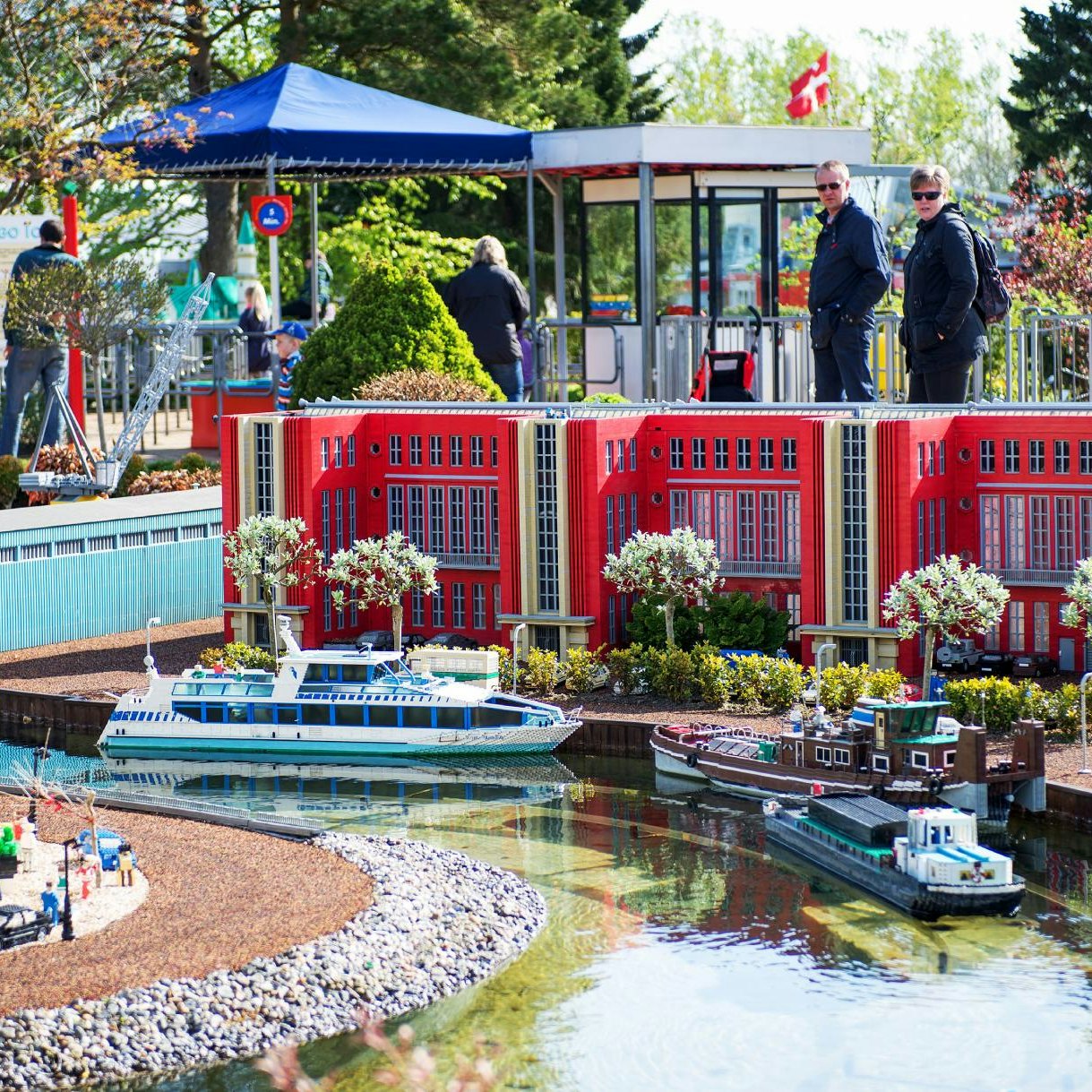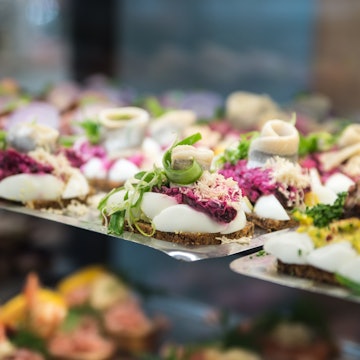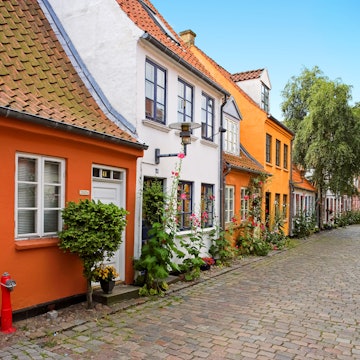

©Frank Fischbach/500px
Overview
Chart-topping contentment and quality of life, blockbuster dining and design, and a cheerful emphasis on hygge â explore (and envy) what makes Denmark tick.
Plan your trip with Guide, an AI travel planner!
Create a personalized trip itinerary in seconds using artificial intelligence.
Must-see attractions
Planning Tools
Expert guidance to help you plan your trip
Best Places to Visit
Denmark punches above its weight when it comes to things to see and do.
Read full article
Best Time to Visit
This Scandinavian star appeals in all seasons – though each has its own pros and cons. Read our guide before you plan your trip to Denmark.
Read full article
Things to Know
Get to grips with Danish culture and customs before traveling with these insider tips.
Read full article
Transportation
From bikes to buses, here’s our advice for the best ways to get around Denmark.
Read full article
Get a book. Get inspired. Get exploring.
in partnership with getyourguide





















